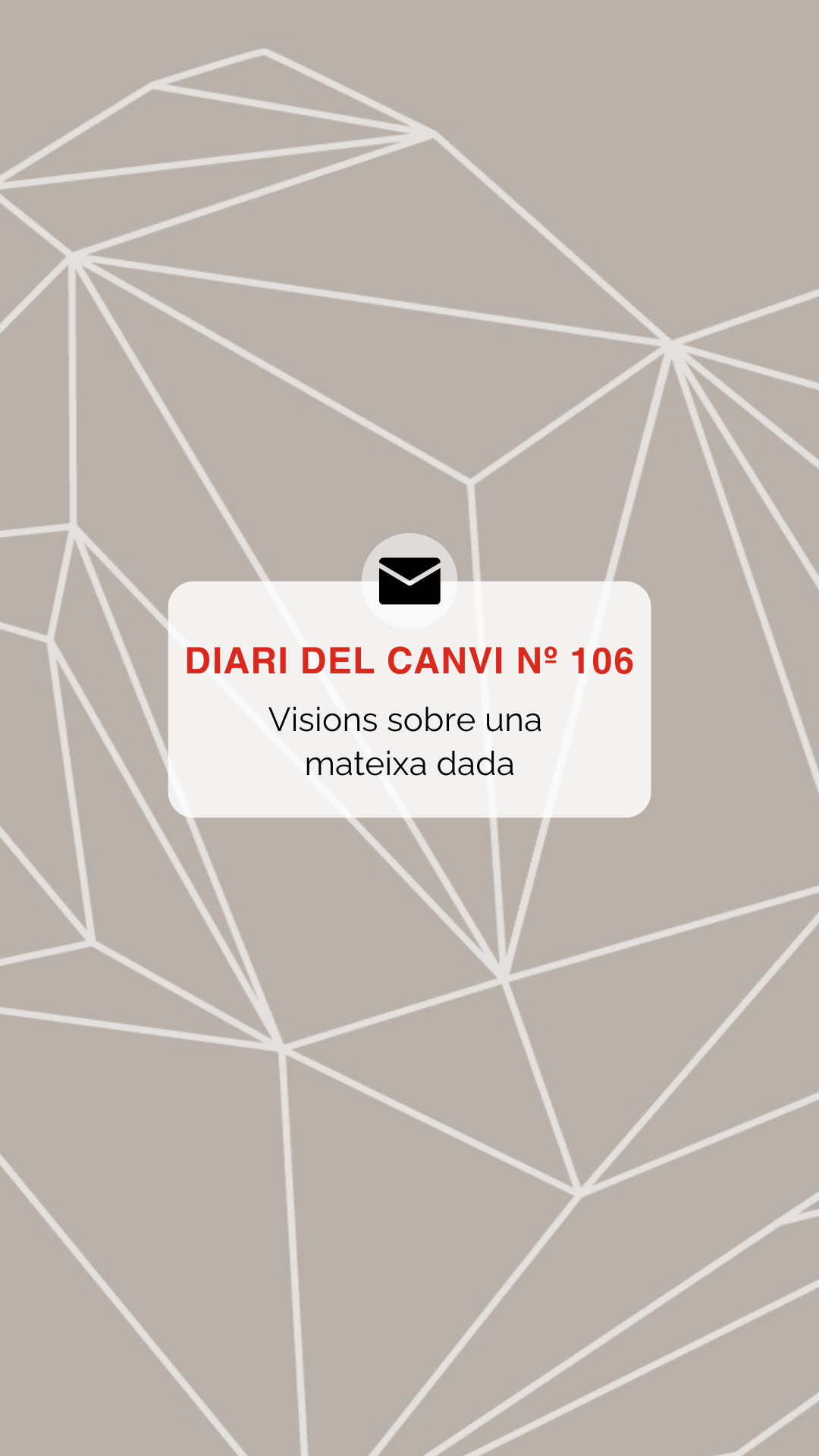The digitization of the real estate market
Digital technology is already a fact in 83% of companies in the real estate sector although more than 90% believe that this is a major challenge, although they do not apply the necessary technology to introduce digitalization in their businesses which, in this case, they are traditional companies that are considering the step towards innovation in their processes. And this fact is not motivated because the real estate refuses to accept the change, but in many cases it is a deeper problem motivated by the lack of digital professionals in the field and the ignorance of new technologies.
Unlike traditional companies, the well-known PropTechs invest about 45% in technological development, while it is only 5% of the annual budget that the “classic” companies invest, also taking into account that at the moment the PropTech have a lower business volume.
Investment in PropTech
According to the Finnovating report, over the last few years investment in PropTech has grown considerably and predictions suggest that investment will continue to grow. The perspectives of workers grow up to 96% in relation to the approval of the future of these types of companies and the sector in general. In the same survey, conducted by FTI Consulting, it is noted that 64% of respondents believe that the PropTech sector is close to experiencing great growth.

Big Data and digitalization
One of the most relevant aspects of digitalization is Big Data, essential to be able to take the step to digital in 100%. This is one of the most relevant trends in the sector although in Spain it is very far from other countries such as the United States, where investment stands at 49%, being at the first place, followed by China (26%) and others such as India or United Kingdom.
The Spanish profile
When we talk about PropTech in Spain we are describing a startup founded between 2010-2017 with a staff of between 1 and 10 employees, based in Madrid or Barcelona. This business structure has grown in the country during the last twenty years and has been more pronounced since 2014.
——–
Information from Finnovating Report


